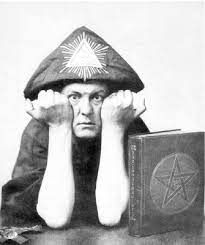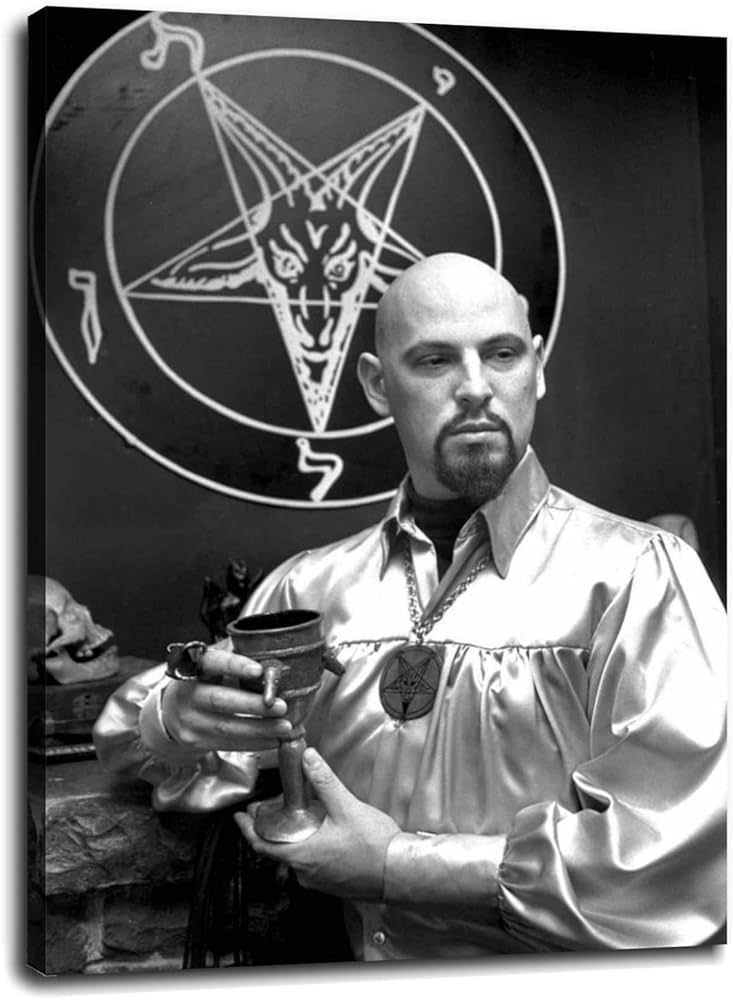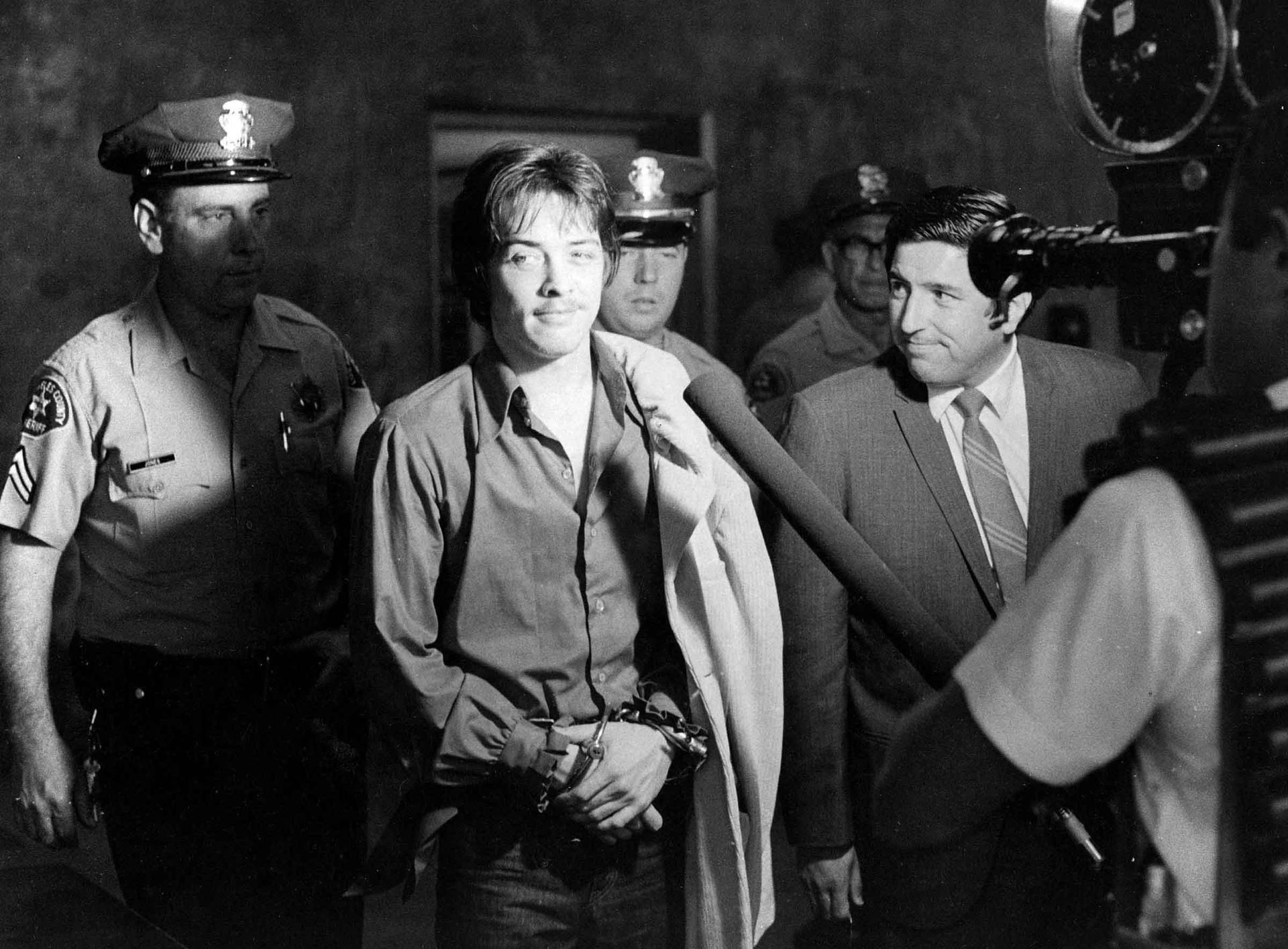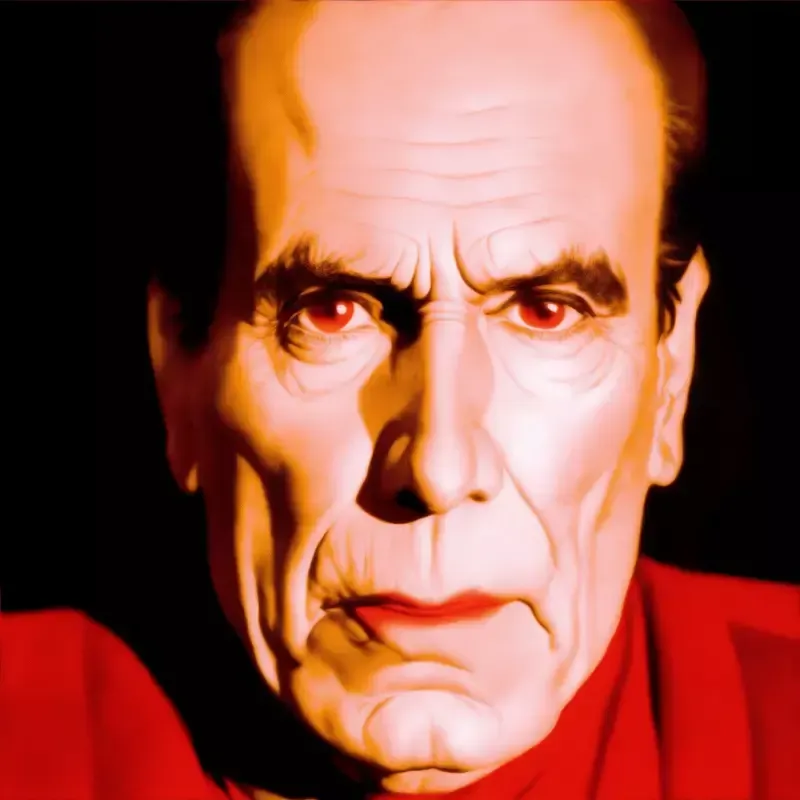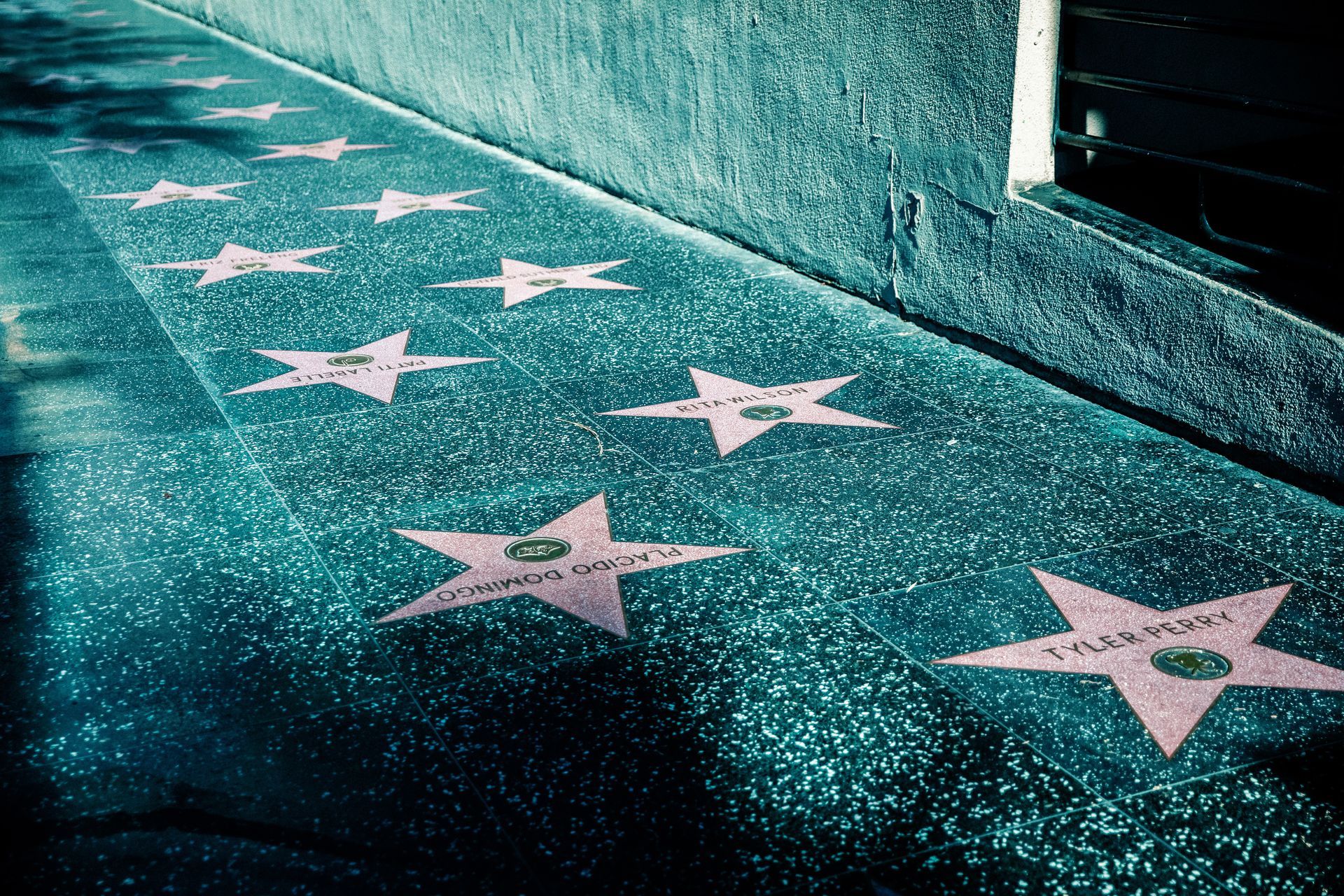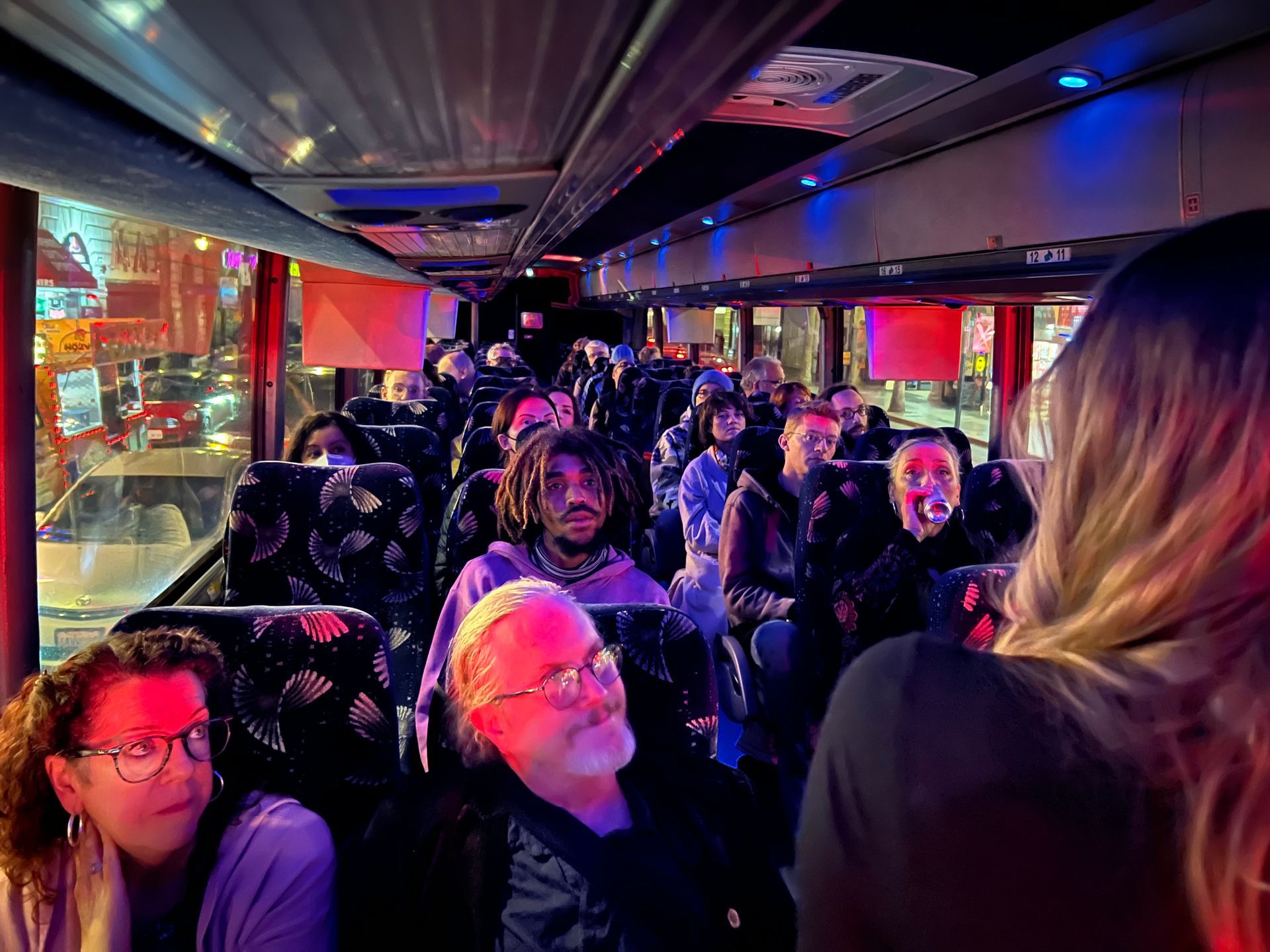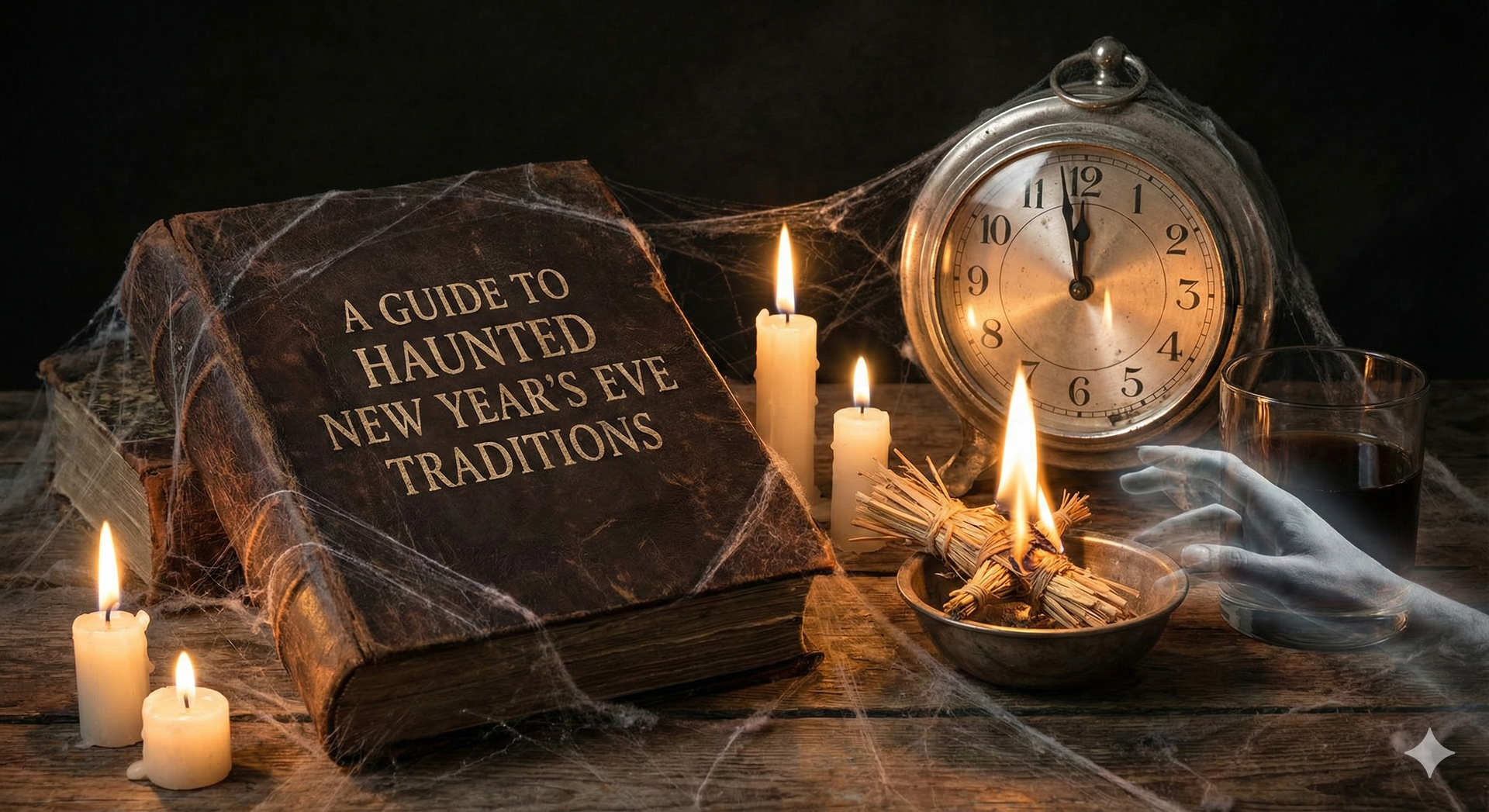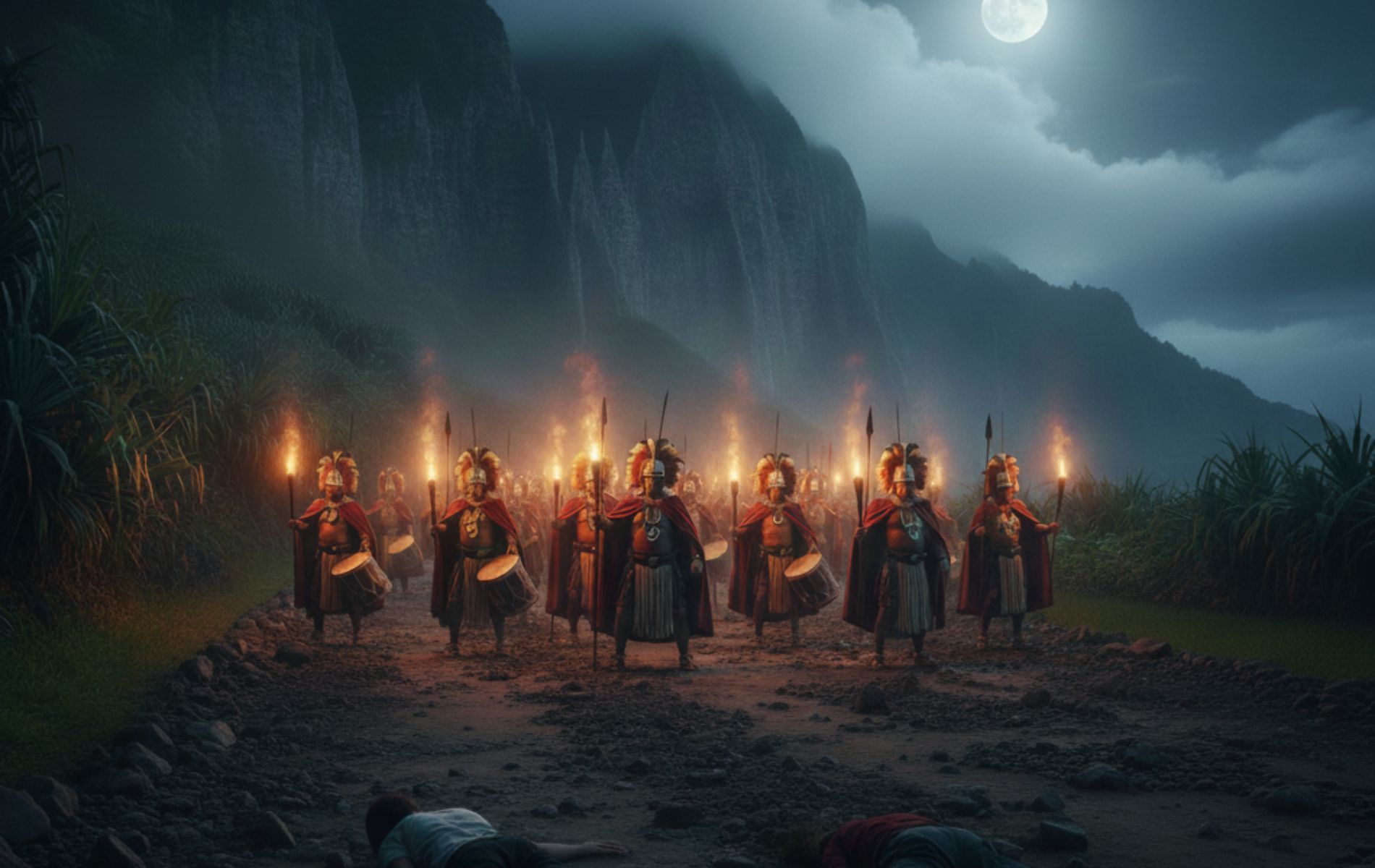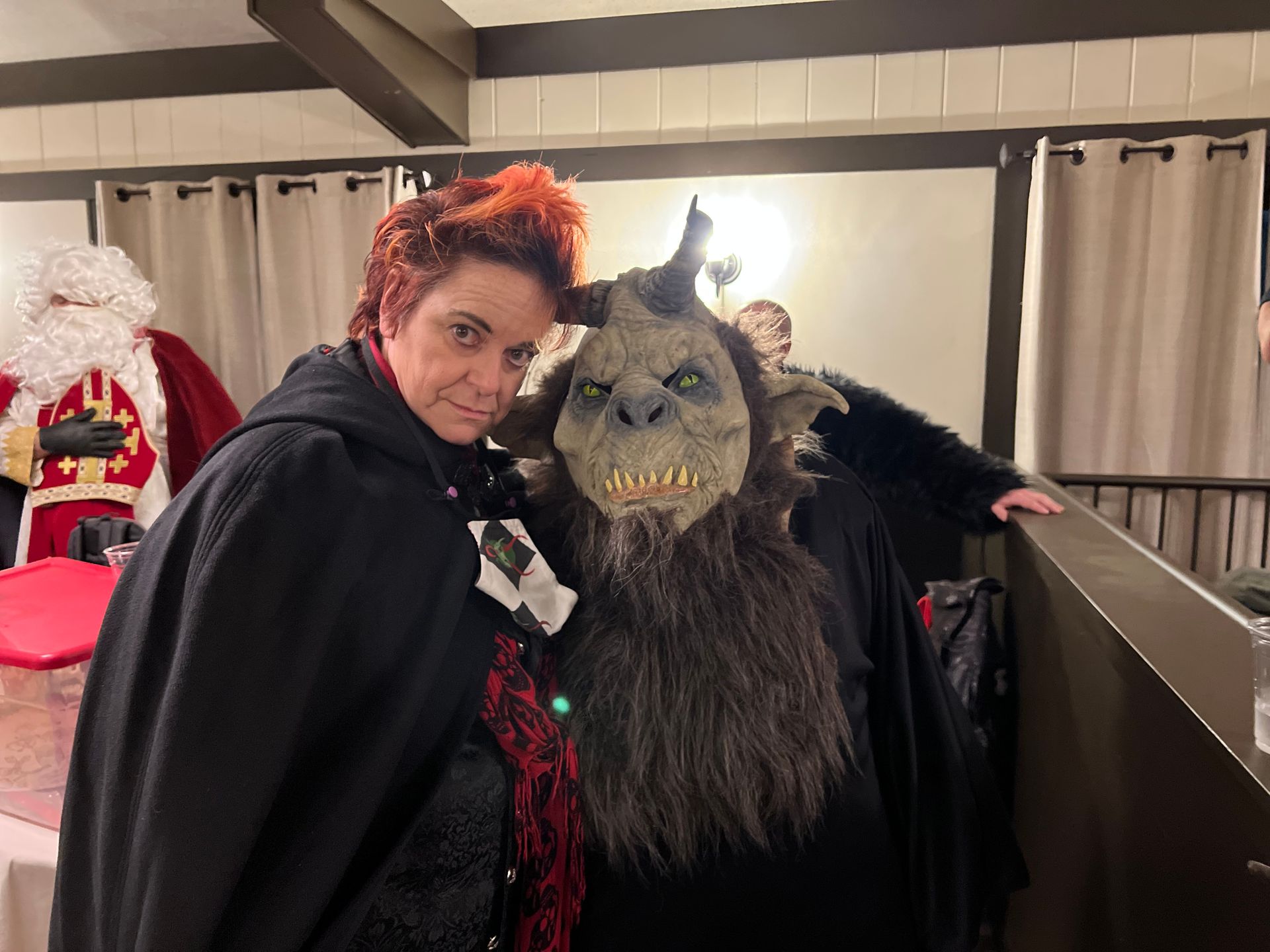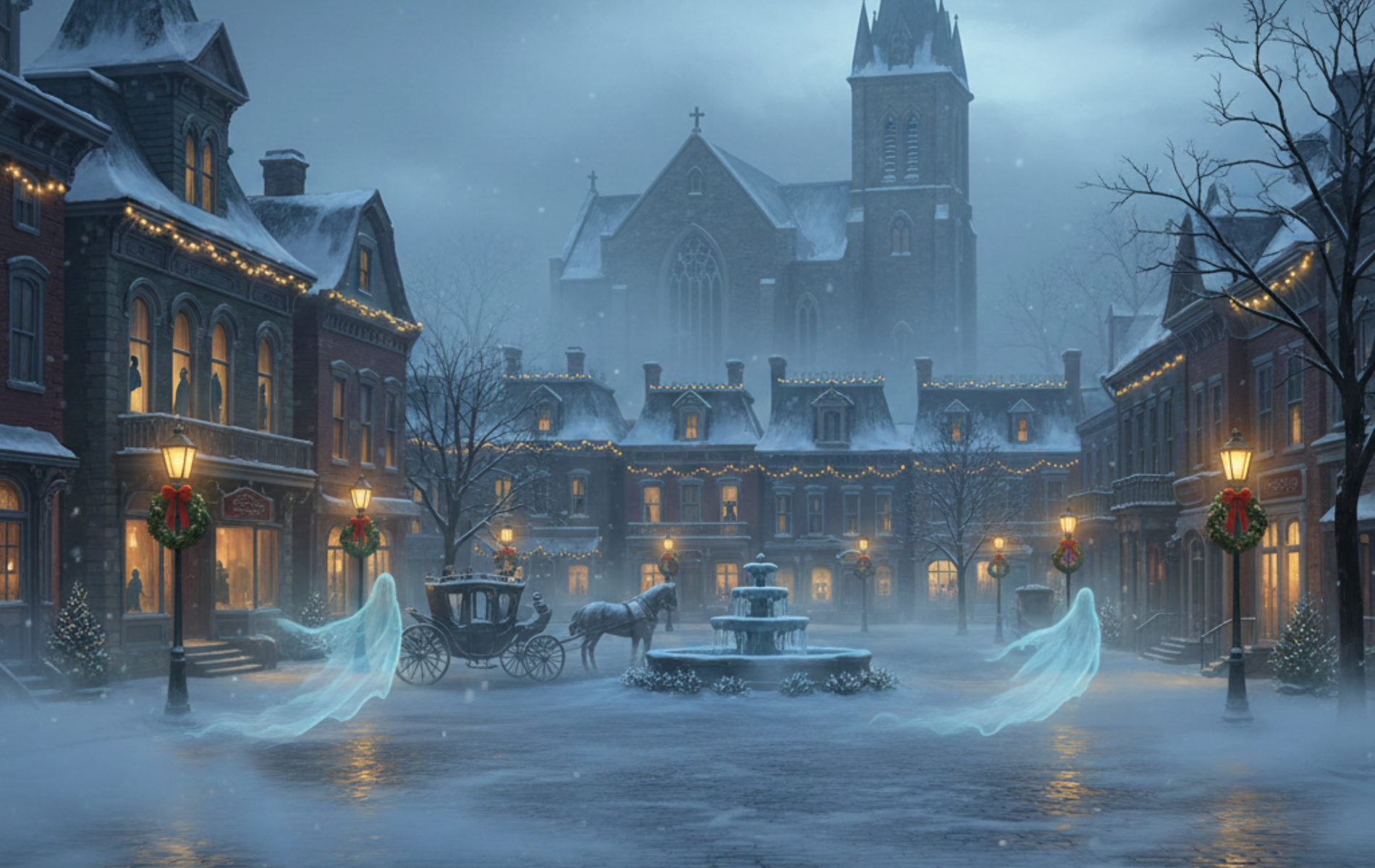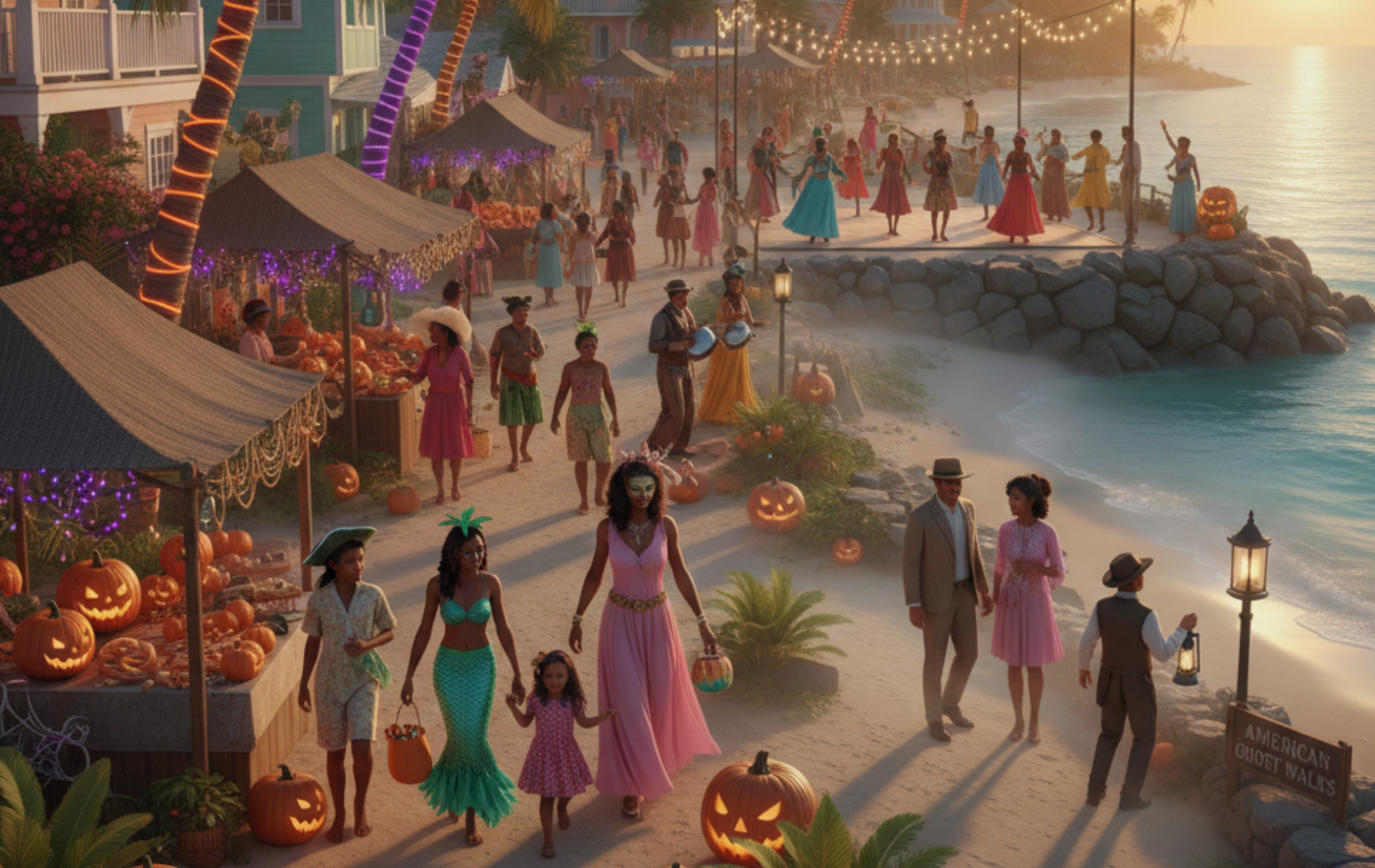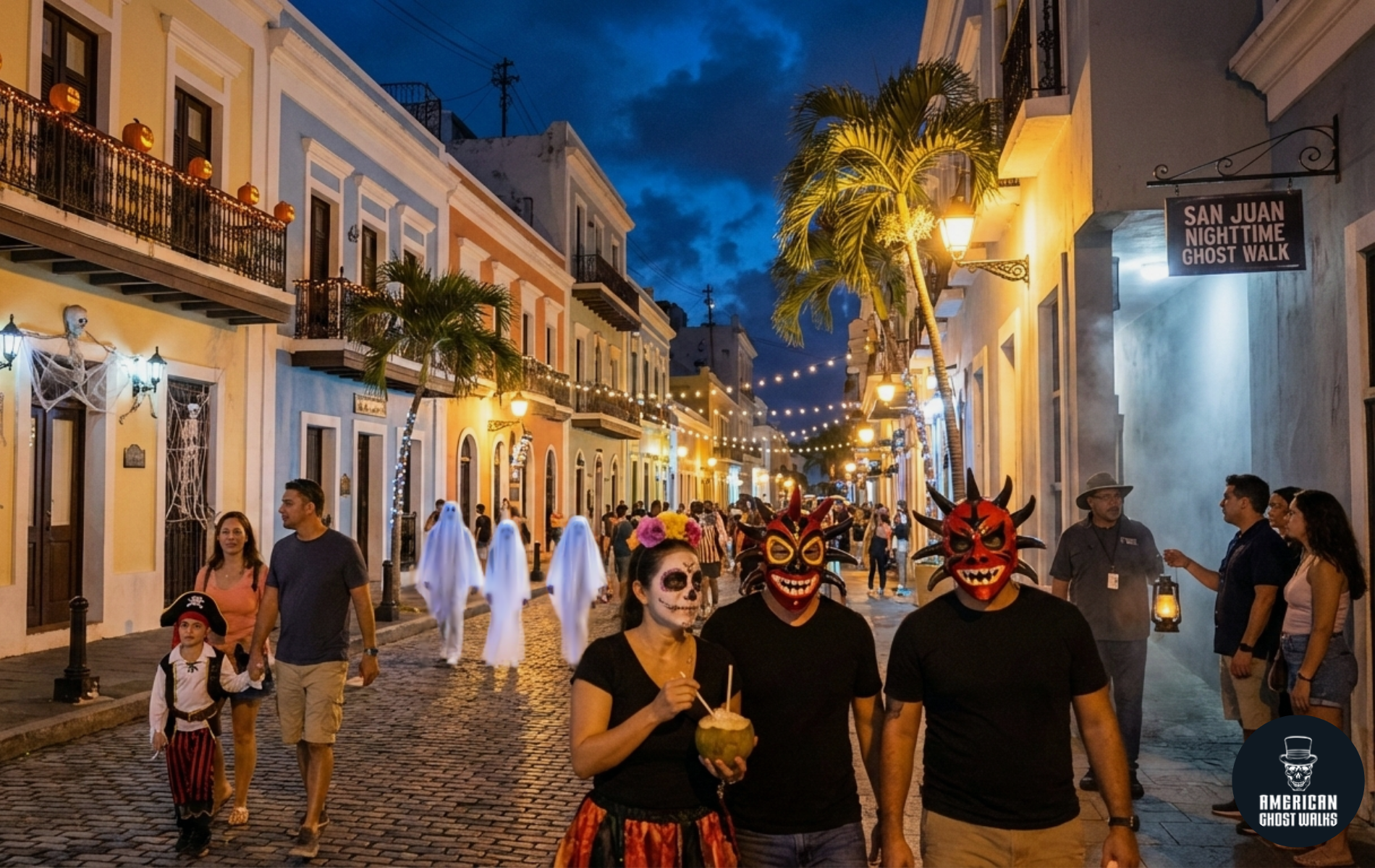Kenneth Anger: Hollywood Sorcerer
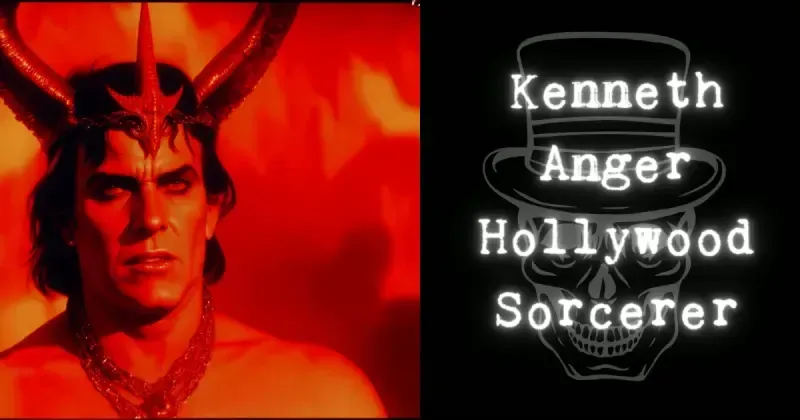
Behind the glitz and glamour of Hollywood lies a realm of mystery, where hidden forces and esoteric beliefs have intertwined with the silver screen. Few individuals have delved as deeply into this intersection of Hollywood and the occult as Kenneth Anger, an avant-garde filmmaker and a key figure in the underground film movement. Anger's pioneering work explored the darker realms of human existence, unearthing the secrets and symbolism embedded within Tinseltown's glamorous facade.
Kenneth Anger: Fascinated with the Occult and Groundbreaking Technique
Kenneth Anger, born in 1927 as Kenneth Wilbur Anglemyer in Santa Monica, California emerged as a cinematic provocateur during the 1940s and 1950s. His experimental films, such as "Fireworks" (1947) and "Scorpio Rising" (1964), challenged societal norms and pushed the boundaries of traditional filmmaking. He was one of the first filmmakers to overtly explore male homosexuality in films and decidedly non-Christian themes. His style of collage (putting shots together that were related thematically but not necessarily narratively, reminiscent of the Soviet filmmaking trailblazer Eisenstein) would not only become a tremendous influence on what would become the later burgeoning business of music videos but also the dreamlike atmospheres of David Lynch and the soundtracks of Martin Scorcese Over the decades, Anger connected several of his works the Magick Lantern Cycle and all the films deeply explore his fascination with the occult.
Martin Scorcese says that Kenneth Anger inspired him to use popular music in his films, here's one of the most famous "needledrops" from his legendary debut
Hollywood Babylon: The Dark Side of the Dream Factory
In the late 50s, Anger took a stab at writing as well and his legendary book, Hollywood Babylon , first published in English in 1965 (and quickly banned until 1975), presents a scandalous and sensationalized account of Hollywood's early years, filled with stories of sex, drugs, scandals, and tragedies involving celebrities from the silent era to the Golden Age of Hollywood. It is written like a tabloid, blending factual information with rumors, gossip, and speculation. Anger includes the alleged sexual exploits of famous actors and actresses, scandals surrounding Hollywood parties and orgies, unsolved murders, suicides, and other dark incidents in the industry. The book's graphic and explicit content that shocked readers at the time of its publication (indeed it was released in French 5 years before it madeits way to American shores.) Anger was looking to expose the underbelly of the glamorous Hollywood façade and shed light on the often-hidden scandals and tragedies behind the scenes.
Despite its controversial nature, Hollywood Babylon has had a significant impact on popular culture and contributed to the myth-making and fascination with Hollywood scandals. While its accuracy may be questioned, the book has left an indelible mark on the perception and lore surrounding the history of Hollywood. It even inspired a television show in the 90s hosted by none other than Tony Curtis (of Some Like It Ho t, Spartacus , and The Boston Strangler fame) that featured trashy low budget re-enactments from the book.
Notably, 2022 Best Picture nominee, Babylon , took inspiration from the wilder claims from Anger's work. The opening party and Toby Maguire's shady degenerate criminal seem to be ripped directly from Hollywood Babylon 's pages.
Thelema and Aleister Crowley: Anger's Spiritual Influence
Anger's interest in the occult led him to explore the teachings of Aleister Crowley, a renowned British occultist and founder of Thelema. Ozzy Osbourne (the heavy metal "Prince of Darkness") even has a song about him appropriately called "Mr. Crowley". Crowley's magickal practice revolved around discovering one's true will and that influenced Anger's approach to art and life. Thelema became a guiding force in Anger's work, and he even became a devoted follower of Crowley's teachings. Kenneth Anger was deeply involved in the practice of magick throughout his life. Magick, in Anger's context, refers to a system of spiritual and occult practices aimed at achieving personal transformation, self-realization, and connection with higher realms of consciousness.
Anger's exploration of magick was not limited to theory or spirituality; he incorporated magickal symbolism, rituals, and imagery into his films, which draw inspiration from ancient mythology, alchemy, and esoteric symbolism. Although the imagery and editing in his movies were psychedelic in nature, Anger never encouraged drug use to watch them. He sought to create transformative experiences, evoking a sense of mystery, ritual, and the exploration of the subconscious.
Invocation of My Demon Brother: A Ritual on Film
One of Anger's most infamous works, Invocation of My Demon Brother (1969), captures the essence of his occult beliefs. It is approximately 11 minutes long and it's a collage of occult imagery, symbols, and explicit scenes. Through this visual invocation, Anger sought to connect with primal energies and tap into the hidden power of the subconscious mind. "
Using footage of Aleister Crowley, occult symbols, and scenes from Anger's personal life, it incorporates a mix of color and black-and-white sequences, designed to disorient and mesmerize.
One of the notable aspects of Invocation of My Demon Brother is its groundbreaking use of sound. The film features an original soundtrack composed by Mick Jagger of the Rolling Stones and features experimental music elements created by using tape loops and distortion effects. The film is a summoning of hidden forces and energies. Anger himself appears in the film, along with other members of the countercultural scene, including Anton LaVey, founder of the Church of Satan.
Invocation of My Demon Brother is considered one of Kenneth Anger's most influential and provocative works. It showcases his unique visual style and his ability to create a dreamlike and hallucinatory experience through film. You can watch it on Youtube here (NSFW).
Anger's Occult Legacy
Beyond Kenneth Anger's individual exploration, Hollywood itself has a rich history of occult practices and beliefs. Many celebrities, both past, and present, have dabbled in various forms of spirituality, esoteric knowledge, and mystical philosophies. From the secret societies that allegedly influenced industry moguls to the fascination with astrology and tarot, the occult has left an indelible mark on the silver screen. Anger himself made friends with plenty of celebrities including:
- The Rolling Stones: Anger had a close association with the Rolling Stones during the late 1960s. Invocation of My Demon Brother starred Mick Jagger of course, and Mick was supposed to be part of the Lucifer Rising film as well. However, creative differences arose, and the project was eventually completed with a different soundtrack and without the direct involvement of the band.
- Anton LaVey: Anger had a friendship with Anton LaVey, the founder of the Church of Satan. They shared an interest in the occult and the exploration of alternative spirituality. Anger even briefly served as a priest in the Church of Satan.
- Jimmy Page: Anger developed a friendship with Jimmy Page, the guitarist of Led Zeppelin. Page was interested in occultism and had a collection of Crowley's works and met Anger while they were both bidding on one of Crowley's manuscripts. Page was supposed to deliver a soundtrack for Lucifer Rising but he only gave half of the needed music and Anger ended up putting a curse on him.
- Marianne Faithfull: Anger had connections with the British singer and actress Marianne Faithfull, countercultural figure and Mick Jagger's girlfriend (also the woman who sang on Metallica's "The Memory Remains" single and joined them for their Saturday Night Live appearance.) She ended up playing the goddess Lillith in Lucifer Rising.
- Dennis Hopper: Anger had a friendship with the American actor and filmmaker Dennis Hopper. Hopper eventually made a cameo in Lucifer Rising as well.
Kenneth Anger's avant-garde filmmaking and unapologetic exploration of the occult have inspired generations of artists and filmmakers. His work challenged societal norms, blurred the lines between reality and fantasy, and opened doors to unconventional ways of storytelling. Anger's contributions continue to resonate in contemporary art, as his films and writings serve as a catalyst for discussions on the hidden aspects of popular culture.
Manson Family Connections
In the spring of 1967, musician Bobby Beausoleil met Anger after a performance with his band The Orkustra at a counterculture event in San Francisco. Kenneth approached Bobby and asked him to play the lead role in his film Lucifer Rising while Bobby proposed creating the film's musical soundtrack. They agreed to collaborate, despite Bobby's young age and lack of experience as a film composer.
Bobby moved into the Westerfeld House, where Kenneth had rented the first floor for the film project. The mansion's rich history and magical ambiance inspired Bobby's creative process. He formed a new band called The Magick Powerhouse of Oz to contribute to the film's soundtrack. However, the project faced financial and social pressures, and their collaboration eventually fell apart.
Also, in the late 1960s, Beausoleil joined a group of individuals led by Charles Manson, known as the Manson Family. Manson had formed a commune-like group that believed in his apocalyptic and delusional ideology. Bobby Beausoleil's involvement in the Manson Family took a dark turn when he was implicated in the murder of Gary Hinman. In July 1969, Beausoleil, along with other members of the Manson Family, including Charles Manson himself, went to Hinman's home in an attempt to extort money from him. When Hinman refused, Beausoleil stabbed him to death. Beausoleil was arrested a few days later in connection with the murder. He was ultimately convicted of first-degree murder and sentenced to death.
While on death row, Bobby received cards from Kenneth and kept track of his work from mutual friends and articles. Kenneth later moved to London and brought in Jimmy Page to create the soundtrack for Lucifer Rising. However, their when their collaboration faced difficulties, Kenneth returned to New York with edited footage. When Bobby's sentence was commuted to life in prison when the California Supreme Court invalidated the death penalty in 1972, Bobby reached out to Kenneth, convincing him that he could create and record the film's soundtrack in prison. They renewed their collaboration.
According to Anger, "[Bobby] rounded up 12 other murderers who used to be musicians – there's a lot of musicians in prison who got mixed up with selling drugs, but I mean they still could play music. So I recorded Bobby playing with the "all-killer orchestra". You can watch the film on YouTube here (NSFW)
The Death of Kenneth Anger
Anger passed away on May 11, 2023, at the ripe old age of 96 in Yucca Valley, California. His death was confirmed by Spencer Glesby, a spokesperson for Sprüth Magers, the gallery that had represented Anger since 2009. His deep dive into the occult realm within Hollywood has forever changed our perception of the entertainment industry, to where the perception of the film and music business is forever altered in our consciousness to be barely hiding a seedy underbelly of hedonism, wickedness, and human sacrifice, all in the name of fame. Through his groundbreaking films and provocative writings, Anger peeled back the layers of glamour to expose the hidden forces that have shaped and influenced Tinseltown. He leaves a legacy as a trailblazer in experimental film, musical soundtracks, and what you're "allowed" to make movies about.
Find Your Next Paranormal Experience
Hollywood Boulevard Ghost Walk
Hollywood Boulevard Ghost Tour

